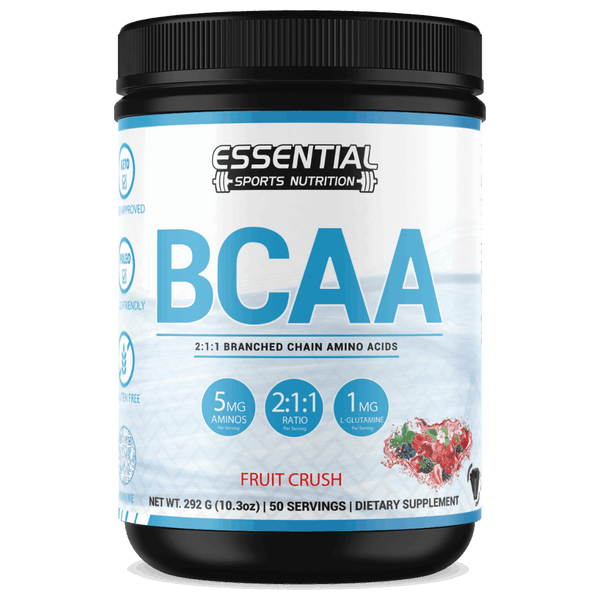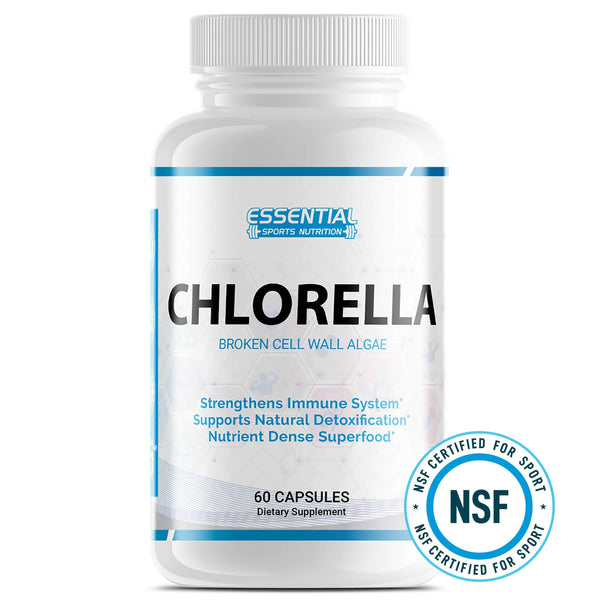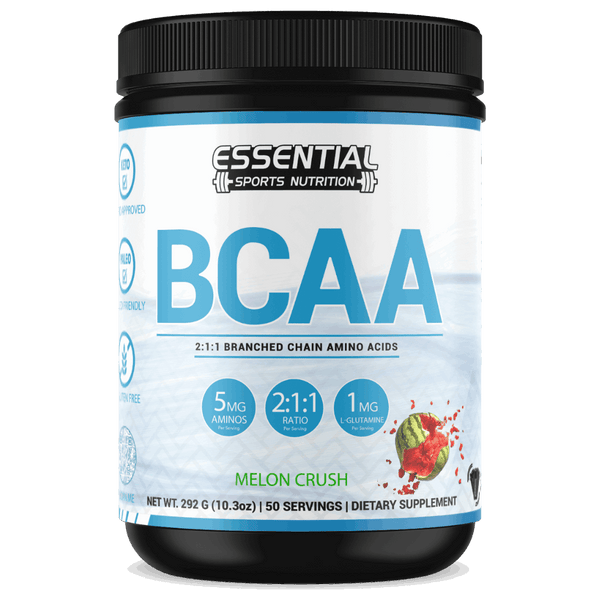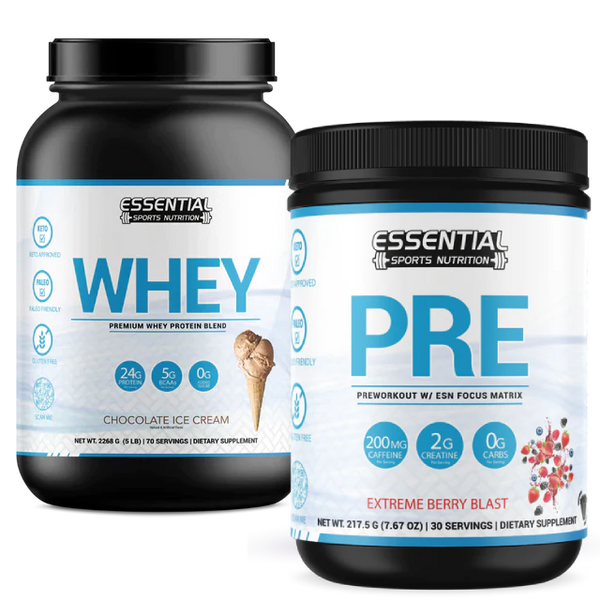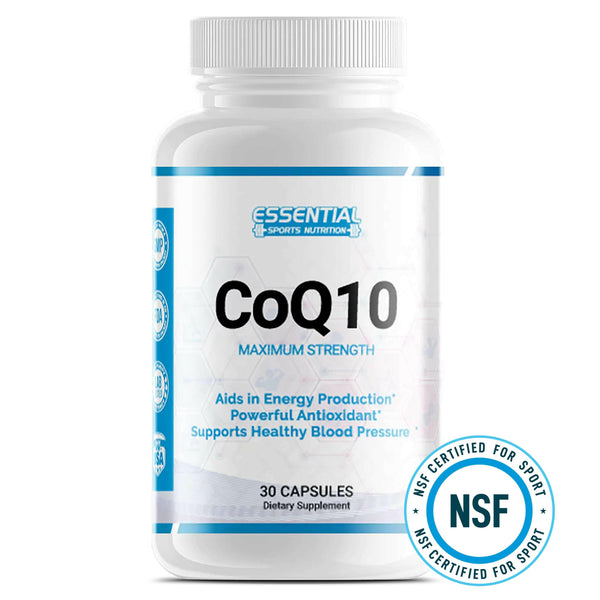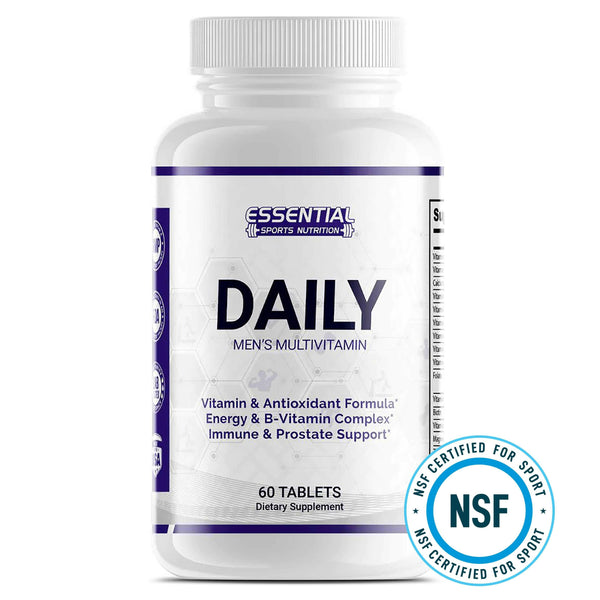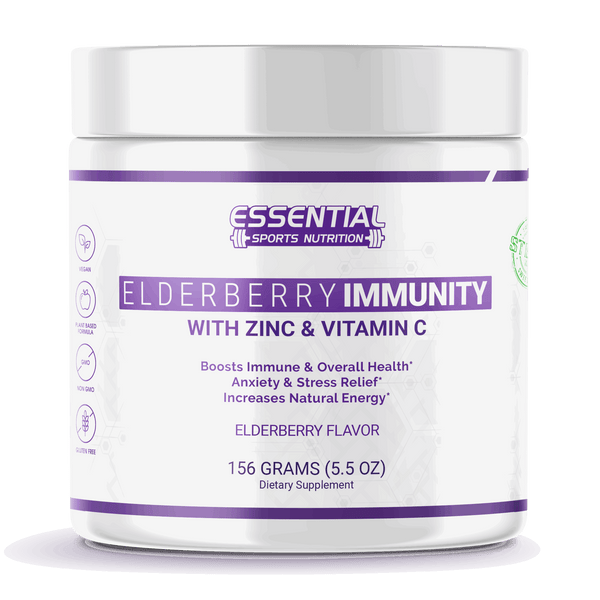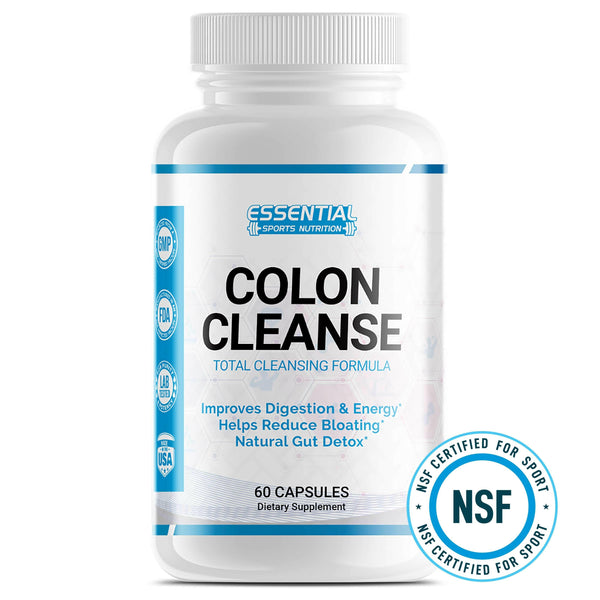Easy Ways to Get Enough Iron on a Vegetarian Diet
Ensuring you get enough iron on a vegetarian diet is essential for your health. Focus on plant-based iron sources like lentils, tofu, chickpeas, spinach, and chia seeds. Non-haem iron in plants isn't absorbed as efficiently as haem iron from meat, but you can enhance absorption by pairing iron-rich foods with vitamin C sources like bell peppers or citrus fruits. Avoid drinking tea or coffee with meals, as they inhibit iron absorption. Regularly monitor your iron levels through blood tests to stay on top of your intake. Explore further to discover more strategies and recipes for maintaining optimal iron levels.

Key Takeaways
-
Focus on iron-rich plant foods like lentils, tofu, quinoa, spinach, and seeds.
-
Enhance non-haem iron absorption by consuming vitamin C-rich foods with meals.
-
Use cast-iron cookware to increase the iron content of food.
-
Avoid drinking tea, coffee, or consuming calcium-rich foods with iron-rich meals.
-
Regularly monitor hemoglobin and ferritin levels to prevent iron deficiency anemia.
Importance of Iron

Iron is vital for oxygen transport, energy production, and immune function in your body. When you're following a vegetarian diet, it's important to focus on getting enough iron from plant-based sources. Unlike haem iron found in animal products, the non-haem iron from plants is less readily absorbed by your body. This means you may need to be more mindful of your iron intake to prevent deficiency.
Vegetarians can still meet their iron needs through a variety of plant sources. Foods like legumes, nuts, seeds, and dark leafy greens are excellent options. For instance, incorporating lentils, chickpeas, almonds, pumpkin seeds, and spinach into your diet can help boost your iron levels. It's essential to be aware that the recommended daily iron allowances are 8.7mg for men and 14.8mg for women aged 19-50.
Iron deficiency is a common issue, affecting about 27% of the global population. Symptoms can include tiredness, pale skin, and headaches. By consciously including iron-rich vegetarian sources in your diet, you can help mitigate the risk of deficiency and support your body's essential functions.
Types of Iron

Understanding the types of iron and how they're absorbed by the body is essential for maintaining proper iron levels on a vegetarian diet. Iron comes in two main forms: haem iron and non-haem iron. Haem iron, found in animal foods, is absorbed more efficiently by the body. Conversely, non-haem iron, present in plant-based foods such as tofu, legumes, and seeds, has a lower absorption rate.
You can still meet your iron needs on a vegetarian diet by focusing on plant-based iron sources. Non-haem iron absorption can be enhanced by consuming it with vitamin C-rich foods like bell peppers, strawberries, and citrus fruits.
| Iron Type | Source | Absorption Rate |
|---|---|---|
| Haem Iron | Animal foods | High |
| Non-Haem Iron | Plant-based foods | Lower |
| Enhanced Non-Haem | With Vitamin C-rich foods | Improved |
Additionally, cooking with cast-iron cookware can increase the iron content of your food. For instance, preparing tomato-based dishes in cast-iron pots not only boosts iron levels but also aids in iron absorption due to the acidity of tomatoes. By understanding these iron types and optimizing your diet, you can effectively manage your iron intake on a vegetarian diet.
Daily Iron Requirements
Understanding your daily iron requirements is essential, especially since men aged 19 and older need 8.7mg of iron daily, while women in the same age range require 14.8mg. These recommendations account for the differences in iron needs due to factors like menstruation. Ensuring you meet these requirements can support important functions such as oxygen transport and immune health.
Recommended Iron Intake
National guidelines recommend a daily iron intake of 8.7mg for men and 14.8mg for women aged 19-50 to support essential bodily functions. Ensuring you meet these targets is important, especially on a vegetarian diet where iron deficiency anemia can be a concern. Iron-rich plant-based foods like legumes, nuts, seeds, and dark leafy greens should be staples in your diet to help achieve adequate iron intake.
Iron from plant sources, known as non-heme iron, is less readily absorbed by the body compared to heme iron found in animal products. As such, boosting the absorption of iron becomes crucial. Consuming vitamin C-rich foods like citrus fruits, tomatoes, and bell peppers alongside your iron-rich meals can enhance absorption.
Maintaining your iron stores is crucial for oxygen transport, energy production, enzyme activity, DNA synthesis, and immune function. Regular monitoring of hemoglobin and ferritin levels through blood tests can help you keep track of your iron status and prevent iron deficiency anemia.
Age and Gender Factors
Meeting your daily iron needs becomes even more nuanced when considering age and gender factors. Men aged 19-50 require 8.7mg of iron daily, while women in the same age range need 14.8mg due to menstruation-related iron loss. Adequate iron intake is important, especially for vegetarians, as plant-based sources of iron are less readily absorbed by the body compared to animal-based sources.
Different life stages also affect iron requirements. For instance, pregnant women need considerably higher iron intake to support fetal development, emphasizing the importance of carefully monitoring iron levels during pregnancy. Iron plays a critical role in oxygen transport, energy production, and immune function, making it essential to meet daily iron requirements to prevent iron deficiency.
Age further influences iron needs, with older adults sometimes requiring different amounts due to changes in dietary absorption and overall health. Monitoring iron levels through regular blood tests can help ensure you're meeting your daily requirements, particularly if you're following a vegetarian diet. By understanding these age and gender factors, you can better tailor your diet to maintain adequate iron and support overall health.
Good Sources of Iron-Rich Vegetarian Foods

Spinach, lentils, quinoa, tofu, and chia seeds are excellent plant-based sources of iron that can help vegetarians meet their daily nutritional needs. Including a variety of these iron-rich plant foods in your vegetarian diet is essential to prevent iron deficiency anemia. Dark leafy greens like spinach and kale are particularly high in iron, and when combined with legumes such as lentils and chickpeas, they form a powerful dietary duo. Quinoa, a versatile grain, not only provides iron but also essential amino acids, making it a complete protein source.
Tofu and other soy products are also rich in iron and can be easily included in various vegetarian dishes. Seeds like chia and pumpkin seeds are small but packed with iron and can be sprinkled over salads, cereals, or yogurt. Cooking your vegetarian foods in iron pots can further boost the iron content of your meals.
To maximize iron absorption, pair these iron-rich plant foods with vitamin C sources like bell peppers, citrus fruits, and tomatoes. This practice enhances the bioavailability of non-heme iron from plant-based sources, ensuring you get the most out of your vegetarian diet and maintain peak iron levels.
Enhancing Iron Absorption

Maximizing the absorption of iron from plant-based sources is just as important as consuming iron-rich foods, and several strategies can help you achieve this efficiently. Pairing iron-rich plant foods, such as lentils, beans, and spinach, with vitamin C-rich foods like citrus fruits, bell peppers, and strawberries can greatly enhance iron absorption. Vitamin C acts as a powerful enhancer, transforming non-heme iron into a more absorbable form.
Using cast-iron cookware is another effective method. Foods cooked in cast iron can absorb some of the iron from the cookware, thereby increasing their iron content. Additionally, techniques such as soaking, sprouting, or fermenting grains and legumes can reduce phytates, which are natural compounds that inhibit iron absorption.
It's important to be mindful of iron absorption inhibitors to meet your daily iron needs on a vegetarian diet. While we'll explore these inhibitors further in the next section, focusing on the strategies mentioned above can help you optimize iron absorption now. By incorporating these practices, you can enhance iron intake and ensure that your body effectively utilizes the iron from your vegetarian diet.
Avoiding Iron Inhibitors

To guarantee top iron absorption on a vegetarian diet, it's important to be aware of and avoid certain iron inhibitors like tannins, calcium, and phytates. Tannins found in tea, coffee, and red wine can greatly impede the absorption of non-heme iron from plant-based sources. It's best to avoid consuming these beverages around your iron-rich meals.
Calcium-rich foods, such as dairy products, also act as iron inhibitors. While calcium plays a key role in bone health, consuming it simultaneously with iron-rich foods can reduce iron absorption. Aim to space out the intake of calcium-rich foods and iron-rich meals to maximize iron uptake.
Phytates, present in whole grains, seeds, and legumes, can bind to iron and inhibit its absorption. While these foods are nutritious and should be included in your diet, consider methods like soaking, fermenting, or sprouting to reduce phytate levels.
Here's a quick reference table for managing iron inhibitors:
| Iron Inhibitor | Sources | Recommendation |
|---|---|---|
| Tannins | Tea, coffee, red wine | Avoid with iron-rich meals |
| Calcium | Dairy products | Space out intake |
| Phytates | Whole grains, seeds | Soak, ferment, or sprout |
| Polyphenols | Certain fruits/vegetables | Pair with vitamin C sources |
| Oxalates | Spinach, nuts | Consume in moderation |
Monitoring Iron Levels

Regularly monitoring your iron levels is just as vital as managing iron inhibitors to ensure you're meeting your nutritional needs on a vegetarian diet. Keeping an eye on your hemoglobin and ferritin levels through blood tests is essential for evaluating your iron status. Vegetarians, especially those with increased iron requirements like athletes or pregnant individuals, should be particularly vigilant about monitoring.
Awareness of deficiency symptoms such as fatigue, pale skin, and headaches can prompt timely medical evaluation. If you notice these symptoms, it's important to consult a healthcare provider for iron testing. Blood tests can determine if you need iron supplementation due to a limited intake of iron-rich plant foods like lentils, spinach, and fortified cereals.
Regular monitoring helps in early detection of iron deficiency and ensures that any necessary dietary adjustments or medical interventions are made promptly. By staying aware of your iron levels, you can manage your vegetarian diet more effectively and avoid the health complications associated with iron deficiency. This proactive approach is key to maintaining excellent health and well-being on a vegetarian diet.
Iron-Boosting Recipes

We have several nutrient-dense recipes to help you incorporate more iron into your vegetarian diet. Spinach lentil soup, chickpea quinoa salad, and tofu stir-fry are excellent options, rich in plant-based iron. Pair these meals with vitamin C-rich ingredients to enhance absorption and maximize the benefits.
Spinach Lentil Soup
Packed with iron-rich ingredients, spinach lentil soup offers a delicious and nutrient-dense way to enhance your iron intake on a vegetarian diet. Both spinach and lentils are excellent plant-based sources of iron. Integrating these into a soup adds variety and maximizes nutrient intake. Spinach, rich in non-heme iron, pairs well with lentils, providing a substantial amount of iron, fiber, and protein. Combining these iron-rich foods can greatly benefit your vegetarian diet.
To optimize iron absorption, including vitamin C sources in your meal is crucial. Adding ingredients like tomatoes can improve iron absorption, making the nutrients more bioavailable. Here's a snapshot of what you can expect in a bowl of spinach lentil soup:
-
Spinach: Fresh and vibrant, loaded with iron and other essential nutrients.
-
Lentils: Nutty and hearty, packed with iron, protein, and fiber.
-
Tomatoes: Juicy and tangy, rich in vitamin C to boost iron absorption.
Incorporating spinach lentil soup into your diet can help you maintain excellent iron levels, supporting overall health and well-being while adhering to a vegetarian lifestyle.
Chickpea Quinoa Salad
Thanks to the nutrient density of chickpeas and quinoa, incorporating a chickpea quinoa salad into your vegetarian diet can greatly enhance your iron intake. These two ingredients are excellent plant-based sources of iron, providing a substantial amount of this essential mineral. Including this salad in your meal plan can help boost your iron levels and support overall health and well-being.
Chickpeas and quinoa are rich in iron and packed with other important nutrients. Chickpeas provide approximately 2.4 mg of iron per cup, while quinoa offers about 2.8 mg per cup. Combining them in a salad amplifies their iron-boosting potential. Additionally, consuming various iron-rich plant foods can help prevent iron deficiency, a common concern in a vegetarian diet.
Adding vitamin C-rich ingredients to your chickpea quinoa salad is beneficial to maximize iron absorption. Ingredients like bell peppers or a citrus dressing can greatly enhance iron absorption from plant-based sources. This combination ensures you're getting the most out of your meal. By thoughtfully crafting your chickpea quinoa salad, you can effectively meet your iron needs and maintain a healthy vegetarian diet.
Tofu Stir-Fry Ideas
While enjoying a nutrient-packed chickpea quinoa salad is a great start, you can further elevate your iron intake with tofu stir-fry recipes that incorporate iron-rich vegetables and absorption-enhancing ingredients. Tofu is an excellent plant-based iron source, providing about 3.6mg per half-cup serving. You greatly enhance your iron intake when you stir-fry tofu with iron-rich vegetables such as spinach and broccoli.
To make your tofu stir-fries even more effective, consider adding ingredients that promote iron absorption, like bell peppers and tomatoes. These ingredients are high in vitamin C, which enhances the body's ability to absorb non-heme iron from plant-based foods.
Here are some tofu stir-fry ideas to inspire your next meal:
-
Spinach and Broccoli Tofu Stir-Fry: Combine tofu with spinach, broccoli, bell peppers, and a splash of soy sauce for a nutrient-dense meal.
-
Tomato and Bell Pepper Tofu Stir-Fry: Stir-fry tofu with fresh tomatoes, bell peppers, and a hint of garlic for a flavorful, iron-rich dish.
-
Ginger Soy Tofu Stir-Fry: Marinate tofu in a mix of ginger, soy sauce, and sesame oil, then stir-fry with bok choy and carrots for a delicious, plant-based meal.
Including these tofu recipes in your vegetarian diet can help you efficiently meet your daily iron needs.
Conclusion

Ensuring you get enough iron on a vegetarian diet isn't as hard as it might seem. You can meet your daily needs by choosing iron-rich foods and enhancing absorption. Think of your diet like a well-tuned orchestra, where each nutrient is essential in harmony. Monitor your iron levels regularly and adjust as needed. With careful planning, your vegetarian diet can be both nutritionally complete and beneficial for your overall health.
Sources of Iron on a Vegetarian Diet FAQs
Q: What are the best sources of iron on a vegetarian diet?
A: You should include iron-rich foods like spinach, lentils, quinoa, and tofu. Pair them with vitamin C-rich foods for better absorption. Avoid tea and coffee during meals, and consider cooking with cast-iron cookware to boost intake.
Q: How can I increase iron absorption on a vegetarian diet?
A: To increase iron absorption on a vegetarian diet, you can pair iron-rich foods with sources of vitamin C, avoid drinking tea or coffee with meals, and consider cooking in cast-iron cookware.
Q: How much iron do I need on a vegetarian diet?
A: The recommended daily intake of iron for adult vegetarians is 14.8 mg for men and 32.9 mg for women. However, this can vary based on factors like age and gender.
Q: Is iron an essential nutrient for vegans?
A: Yes, iron is an essential nutrient for vegans as it plays a crucial role in the formation of red blood cells and overall health.
Q: Are there plant-based foods high in iron?
A: Yes, plant-based foods high in iron include beans, lentils, tofu, cashews, chia seeds, and fortified breakfast cereals.
Q: How can vegetarians ensure they are getting enough iron in their diet?
A: Vegetarians can ensure they are getting enough iron in their diet by consuming a variety of iron-rich foods daily, including fortified products and pairing iron sources with vitamin C-rich foods.
Q: How Can I Raise My Iron Levels Quickly?
A: To raise your iron levels quickly, consume iron-rich plant foods like spinach and lentils, pair them with vitamin C-rich foods for better absorption, avoid iron inhibitors during meals, and consider cooking with iron cookware or supplements.
Q: Should I Take Iron Supplements if I'm Vegetarian?
A: You might be wondering if iron supplements are necessary. Given vegetarians' reliance on non-heme iron, which is less easily absorbed, supplements could be beneficial, especially for menstruating individuals and athletes. Regular blood tests will guide your decision.



